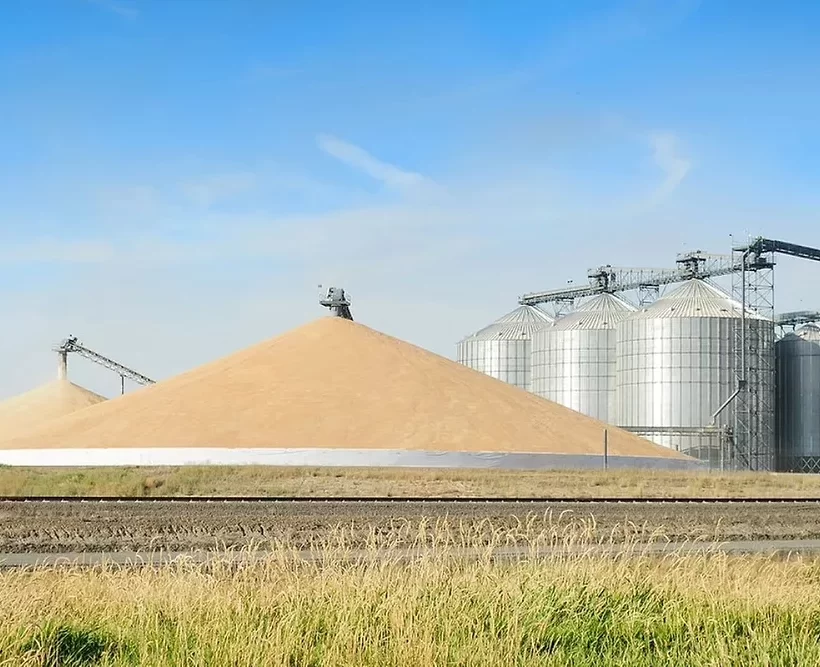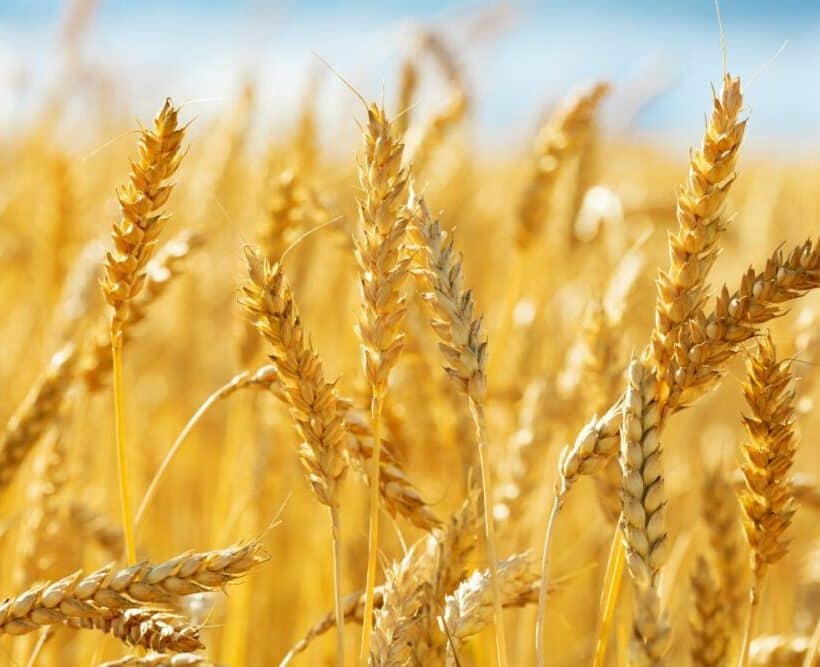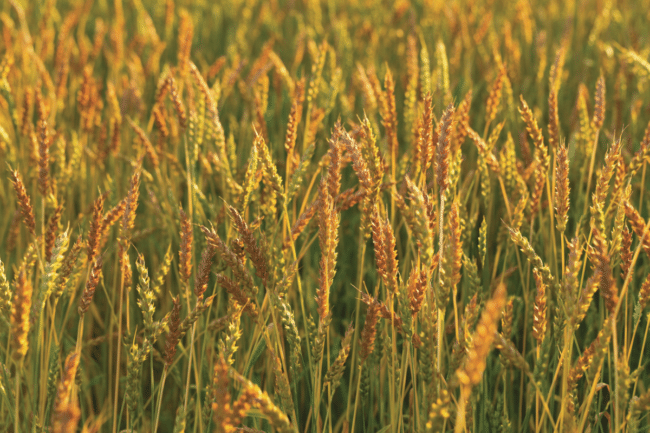Brazil’s corn production to dip slightly
Corn production for Brazil in marketing year 2025-26 is expected to decline by 2% from the previous year due to lower yields, though higher carryover from a strong 2024-25 harvest will support increased exports, according to a report from the Foreign Agricultural Service (FAS) of the US Department of Agriculture. The FAS revised its corn...
US-China deal opens door for soybeans
After months of negotiations and no 2025-26 marketing year purchases of soybeans until earlier this week, the United States and China on Oct. 30 agreed to a new trade framework that will forestall massive tariff increases set to begin in November. The United States will lower its cumulative tariff rate on Chinese goods to 47%...
IGC: Grains production outlook rises again
Better-than-anticipated wheat and barley yields have boosted the forecast for total grains (wheat and coarse grains) production in the 2025-26 marketing year, according to the International Grain Council’s (IGC) most recent Grain Market Report. The monthly report, released on Oct. 23, projected a 13-million-tonne increase from the September forecast to a record 2.425 billion tonnes....
Focus on Vietnam
Vietnam is in the midst of its most extensive restructuring plan, aiming to create a leaner, more responsive government that drives economic growth and propels the country from a modern industrial state to a high-income developed nation. Part of the plan included forming the Ministry of Agriculture and Environment (MAE) by merging the Ministry of...
USDA raises wheat production estimate
The National Agricultural Statistics Service of the US Department of Agriculture (USDA) in its Small Grains Summary 2025 issued Sept. 30 estimated wheat production in the United States this year at 1,984,537,000 bushels, up 57,511,000 bushels from the August forecast and up 5,840,000 bushels, or 3%, from the upwardly revised production estimate of 1,978,697,000 bushels...
Focus on China
In the midst of a trade war with the United States, China is developing a dedicated soybean supply chain with Brazil that is specifically tailored to China’s sustainability and quality standards. The “Soy China” initiative is a customized, exclusive soybean production model to meet Chinese import needs and standards, particularly regarding environmental, social and traceability...
Australian winter crops poised for strong year
In its first report on the 2025-26 winter crop, the Australian Bureau of Agricultural and Resource Economics and Sciences (ABARES) projects production to decrease 8% year on year to 55.6 million tonnes, but, if realized, that would be the sixth highest on record and 13% above the 10-year average to 2024-25. The June Australian Crop...
Partnership sources Ukrainian grain
Al Dahra, a United Arab Emirates-based global agribusiness, is partnering with Getreide AG Ukraine through an exclusive agreement to establish grain sourcing operations that support its global growth and supply chain strategy, the Khaleej Times reported. Under the agreement, Al Dahra will source between 100,000 and 150,000 tonnes of agricultural commodities, with plans to scale operations beyond...
Turkey gradually increasing wheat imports
With ending stocks having been whittled down thanks to measures taken by the Turkish government to reduce excess inventory, the country’s wheat imports are expected to increase in the second half of the 2024-25 marketing year, according to a recent report from the Foreign Agricultural Service (FAS) of the US Department of Agriculture. Turkey’s wheat...
Canada: Durum production down 12%
Production of Canada’s principal field crops is expected to decrease in 2025-26, Agriculture and Agri-Food Canada (AAFC) said in its preliminary outlook for 2025-26 Canadian supply and demand. Forecasted increases in Canadian wheat, barley and oats were more than offset by decreases in corn, canola, soybeans and other crops. The outlook was contained in the...










